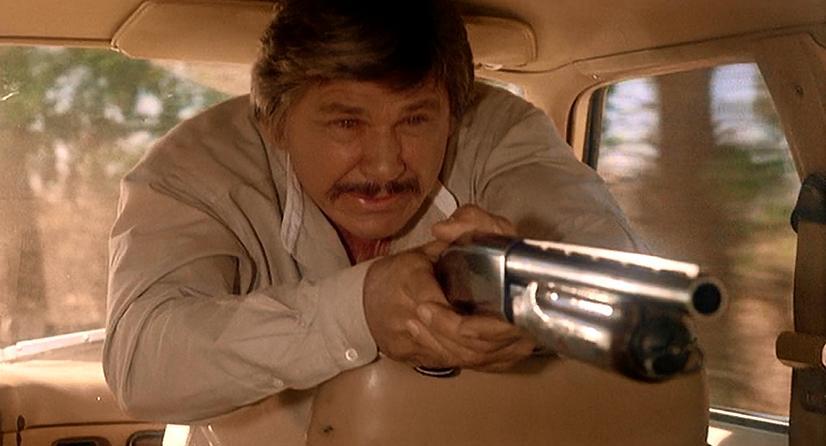Apparently in her hardcore features, Doris Wishman delegated the filming of the sex scenes to an assistant director. One wishes that she delegated them to an assistant director who had some semblance of style, as in
Come With Me My Love and here, they feel entirely anonymous, lacking the personality that comes with Wishman's own hand. That being said, the sex scenes here are better than in the other movie, largely thanks to the presence of Annie Sprinkle. To an extent, the enjoyment that one gets out of such scenes is driven by their affection for the performers involved, and the ones here feature Sprinkle, Bree Anthony and C.J. Laing (who has hiccups for some reason and disappears after her one scene). But Sprinkle in particular has an irrepressible good cheer and magnetism that goes a long way in alleviating any tawdriness that might be present otherwise. I mean, she came out of an especially sleazy scene in Phil Prince's
Oriental Techniques in Pain and Pleasure without seeming like she was demeaned, and this is quite a bit less scuzzy than that. In fact, there are two scenes with Bobby Astyr that other movies might have opted to play for grim and mean spirit but here actually come off as pretty...well, warm is a strong word, but they're surprisingly easy to watch given the setups. (That being said, having to look at Bobby Astyr's face repeatedly in the heat of the moment might make this harder to watch for some, but that's kind of mean to say.) I suppose the very last sex scene is made with some artistic flair, captured with photonegative footage and accompanied by an atmospheric, psyched out funk score.
So this is better pornography than
Come With Me My Love, but I would argue it's a lesser Doris Wishman movie. The almost wall to wall sex scenes might have played better with the raincoat brigade, but drown out most traces of Wishman's personality. Like that movie, there's a lot more sync sound than I expected, which means that it arguably feels less cheap than the average Wishman joint. The apartment in which this is set appears to be pretty uninteresting for much of the runtime, until late in the movie when we notice the combination of a hideous foliage-like pattern on the sofa and the angry green shag carpeting. Arguably Wishman's presence is felt most strongly in the narration of Sprinkle's thoughts, provided by Wishman herself. I laughed every time, and also at the extremely nasally exchange between Anthony's mother and fiance.
"So you're going to be my son in law."
"That's right, mutha."
The plot here has Anthony getting engaged to some dude who Sprinkle wants to make jealous by having lots and lots of sex. At one point, their mother calls Sprinkle over to tell her the news about the engagement, only to chastise her for showing up practically undressed. (This is recurring theme in the movie.) If you read the title and hoped for a literal Satan, preferably with horns, a tail, a trident and a red catsuit, maybe even Annie Sprinkle in said catsuit, poking people with her trident and getting in a few chuckles, you will be sorely disappointed. The Satan here refers to the sins of woman or something, I dunno, I didn't read the Bible. But if Sprinkle is Satan here, she plays the role in the same vein as the one in
Petey Wheatstraw, who was kind enough to grant Rudy Ray Moore magic powers to get back at the standup comedians who had all his friends and family killed and even set up an orgy for him with some pretty nice looking demon ladies, for the not unreasonable condition that Moore marries his monstrously ugly daughter (on the outside, we have no reason to suspect she's a bad person on the inside; also Moore naturally tries to weasel out of the deal). Sprinkle brings joy to the world by having nonstop sex and generally refusing to put her clothes on. Is that so wrong? She's making people happy.
Anyway, this is mostly loosely connected scenes of ****ing and sucking, until the last few minutes when it decides to cram in a movie's worth of plot in a clumsy expository exchange. If you thought the explanation at the end of
Psycho was jarring, this might give you some perspective.






